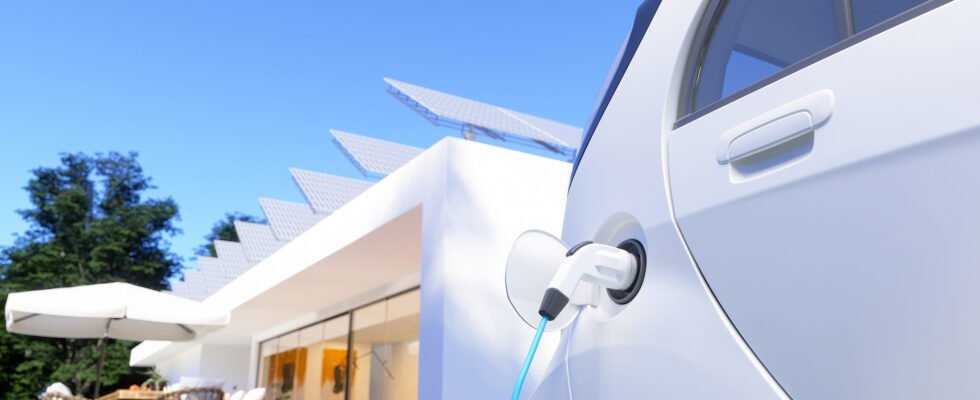Anyone who is committed to climate protection and at the same time cannot do without their own car is buying an electric car. Because the Stromer do not emit any climate-damaging CO2 and thus protect the environment – right? This approach is correct, but there are other areas that make an electric car harmful to the environment. This includes the electricity you use to charge your vehicle. Because only electricity from clean sources – for example wind energy or solar power – can sustainably protect the climate. Researchers at the Zurich University of Applied Sciences (Switzerland) have tested how well electric cars can be supplied with solar power from the roof of their own home.
E-cars with a car subscription: the practical alternative
Are you thinking about buying an e-car? Then a car subscription could be a good alternative to get started. You can currently get various models from Finn, some of which are available within a few weeks.
Charging the car with electricity from the roof?
The researchers at the UAS Zurich used data from 2017 as a basis. At that time, a study was published in which the participants were asked to test mobility with an electric car in Switzerland over a period of ten months. The data from all participants were not suitable for the analysis that has now been carried out – the consideration therefore only relates to 78 people who meet previously set parameters. In addition, the researchers researched the roof size and solar radiation at the addresses of the participants. The localization is possible through the recorded location data and played an important role.
In the course of the study, the researchers checked three scenarios in order to check the suitability of photovoltaic systems on the house roof as an electricity supplier for charging the electric car. The results are surprising: if the electric car charges normally and not in accordance with the supplied solar power, its share is a meager 15 percent. With a few adjusting screws, this result can be corrected significantly upwards – then a supply of up to 90 percent is possible through the photovoltaic system on the roof. The key is controlled charging: This means that the car only charges when solar power is available.
Cuts in freedom necessary?
The researchers dispel concerns that this process means deprivation in the use of the car. Based on the data collected, it can be seen that the cars are parked at home long enough to fully refuel through controlled charging. It is even easier if there is a battery storage system in the house, which temporarily stores the energy generated from the roof so that it can later be passed on to the car. At this point, the researchers point out that this will increase emissions again due to battery production – in the long term, this process is still significantly more climate-friendly than cars with internal combustion engines or electricity from fossil fuels.
